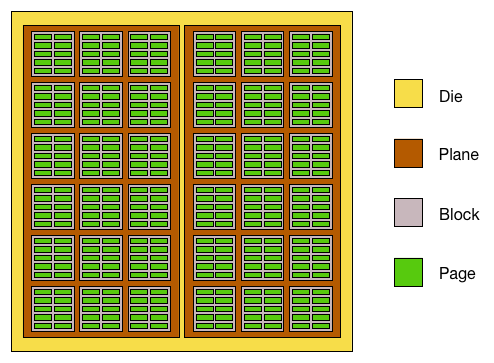WiseCleaner Think Tank
Encounter difficult computer problems?
All about maintenance and optimization of your Windows System.
Oct 21, 2021
Solid-state drives, commonly called SSDs, have become popular compared with HDDs because of their fast write speeds and low read latency. Although SSD models differ in some details, their overall high performance and low power consumption are widely appreciated, and many users choose SSDs when upgrading their systems. One important concept to understand is the TRIM command, which plays a key role in maintaining SSD performance. What is TRIM and how does it affect SSDs? This article will answer those questions and discuss whether users should enable or disable TRIM.
TRIM is a command supported by modern operating systems and SSDs that lets the OS tell the drive which logical blocks are no longer in use (for example, after files are deleted). Unlike HDDs, SSDs must erase NAND flash before reusing a block for new data. If the drive doesn’t know which blocks are free, it may need to perform extra erase operations during writes, causing slower write performance and higher write amplification.
When the OS issues TRIM for freed blocks, the SSD controller can mark those physical blocks as available and either erase them immediately or schedule background garbage collection when the drive is idle. This reduces the work required for future writes, helps maintain consistent performance, and can reduce wear on the NAND. NVMe drives use an equivalent deallocate/Dataset Management command (often also called “TRIM”).
Note: TRIM does not necessarily perform a secure erase, and its behavior (timing and whether blocks are zeroed) depends on the drive’s firmware. Modern OSes (Windows, macOS, Linux) and SSDs generally support and recommend using TRIM to preserve performance over time.
First, let’s look at how SSDs read, write, and erase data. SSDs are organized hierarchically: dies contain planes, planes contain blocks, and blocks contain pages. Reads and writes operate at the page level; erases operate at the block level.

SSDs perform out-of-place writes: when data is “overwritten,” the controller writes the new data to a free page and marks the old page invalid. Later, during garbage collection, the controller copies the still-valid pages from a block to a new block and then erases the old block. Before TRIM, the SSD cannot distinguish between pages the OS has deleted and pages that still contain valid data, so it may copy deleted data during garbage collection, increasing internal write amplification. With TRIM, the OS informs the SSD which pages are no longer in use; the SSD can mark those pages as invalid so they are skipped during copying. This reduces unnecessary copying, lowers write amplification and erase cycles, extends the SSD’s lifespan, and improves its operational efficiency. The TRIM mechanism enables the SSD to discard and reclaim space more intelligently.
Computers process large amounts of data every day. Some users delete unnecessary data and later regret it or discover important files were deleted by mistake. In that case, users can often recover deleted files, pictures, etc., using data-recovery software such as Wise Data Recovery. As long as the data has not been overwritten, recovery chances are relatively high — this is especially true for HDDs. On HDDs, deleting a file typically only marks its space as free in the filesystem; the actual data remains on the platters until it is overwritten. For SSDs, recovery is more difficult. When TRIM is enabled, the operating system notifies the SSD which logical blocks are no longer in use; the SSD can then mark or erase those physical pages and may perform garbage collection on them when idle, making the data hard or impossible to recover. If TRIM is disabled, deleted data on an SSD may remain recoverable until the controller reuses or overwrites those pages.
In almost all consumer cases: yes. But you can still decide according to your priorities.
For truly sensitive data, use proper secure-erase procedures or full-disk encryption rather than relying on TRIM settings. How to enable or disable TRIM will be discussed in the next article.
wisecleaner uses cookies to improve content and ensure you get the best experience on our website. Continue to browse our website agreeing to our privacy policy.
I Accept